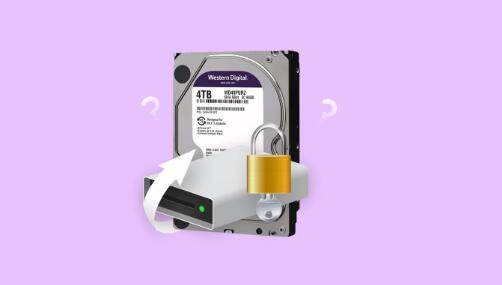Formatting a drive doesn’t necessarily erase the data permanently; instead, it typically removes the references to that data, making the space available for new information. This means that, in many cases, recovery is possible, especially if the drive has not been overwritten.
Before diving into recovery options, it’s essential to understand what formatting a hard drive entails. There are two main types of formatting: quick formatting and full formatting.
Quick Formatting: This process clears the file system structure but does not overwrite the actual data. The space is marked as available for new data, making it easier to recover the old files.
Full Formatting: This method involves a complete scan of the drive for bad sectors and overwrites the data. Although this is more thorough, it can still be possible to recover some data, depending on how much new information has been written to the drive afterward.

Why Recovery is Possible
When a hard drive is formatted, the data itself remains intact until it is overwritten. When files are deleted or a drive is formatted, the operating system simply removes the pointers to those files, while the actual data remains on the drive until another file takes up that space. This is why recovery software can often retrieve lost files, as long as the data hasn’t been overwritten.
Steps for Recovery
If you find yourself in a situation where you’ve formatted a hard drive, here are the steps to potentially recover your lost data:
1. Stop Using the Drive
The first and most critical step is to stop using the formatted drive immediately. Continuing to write new data can overwrite the old files, making recovery much more difficult or even impossible.
2. Choose Recovery Software
There are numerous data recovery software options available, each with its strengths. Popular choices include:
Recuva: A user-friendly option suitable for beginners, effective for recovering lost files after formatting.
EaseUS Data Recovery Wizard: Offers a free version with a limit on data recovery, with a more comprehensive paid version.
Stellar Data Recovery: Known for its powerful scanning capabilities and user-friendly interface.
3. Install Recovery Software on a Different Drive
To avoid overwriting any recoverable data, ensure that you install the recovery software on a different drive than the one you’re attempting to recover files from.
4. Scan the Formatted Drive
Once the software is installed, run a scan on the formatted drive. Most software will provide two options: a quick scan and a deep scan. A deep scan can take longer but may recover more files.
5. Preview and Recover Files
After scanning, the software will display a list of recoverable files. You can usually preview these files before deciding to recover them. Select the files you want to restore and choose a different location to save them.
Professional Data Recovery Services
If software recovery efforts are unsuccessful, consider reaching out to professional data recovery services. These services have specialized tools and techniques that can recover data from drives that software cannot. While often more expensive, they can be worth it if the data is critical.
Prevention Tips
To avoid the stress of data loss in the future, consider these preventive measures:
Regular Backups: Regularly back up your data to an external hard drive or cloud service to minimize data loss risks.
File Versioning: Use software that tracks changes and saves different versions of files, allowing you to revert to earlier versions if needed.
Be Cautious with Formatting: Always double-check the drive you’re formatting to avoid mistakes.
About us and this blog
Panda Assistant is built on the latest data recovery algorithms, ensuring that no file is too damaged, too lost, or too corrupted to be recovered.
Request a free quote
We believe that data recovery shouldn’t be a daunting task. That’s why we’ve designed Panda Assistant to be as easy to use as it is powerful. With a few clicks, you can initiate a scan, preview recoverable files, and restore your data all within a matter of minutes.










